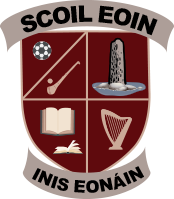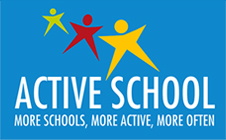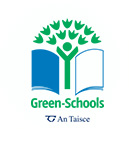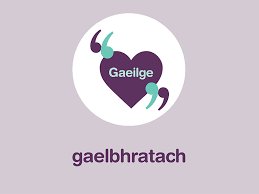School History
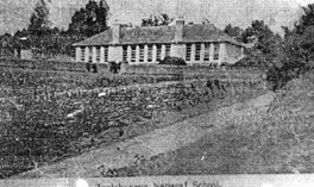
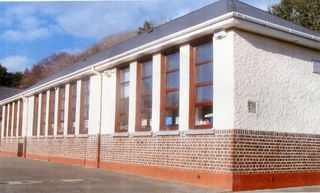
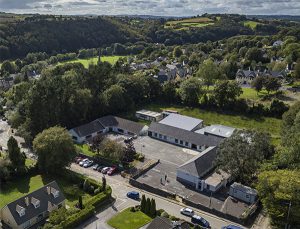
Records show that the old school in Innishannon dates back to the middle of the 19th century. The old school was situated in the present graveyard, about 20 m from the church. School records show that it was built in 1856. The site was known as “Bowling Green” and was part of the Frewen Estate.
This was a two-storey building, with three tall double sized windows on either side. The entrance to the boys school was to the outside stairway that led to the girls school which was upstairs. Each floor consisted of one big room, 26 feet long by 18 feet wide. Pupils were seated in rows of two seat desks. The senior classes were taught by the principal, on the side facing the church. The junior classes were taught, facing the other way. There was a blackboard on an easel at the top of the room. The floor was a timber one and had many mouse holes along the edges.
Boys and girls had different lunchtimes
- boys from 12 to 12:30 pm
- girls from 12.30 to 1 pm
Two boys rang the Angelus bell at 12 o’clock each day.
The pupils of the lower classes played in the graveyard, older children played in the field where the present school now is. Skipping was the favourite games for girls, football and hurling for boys. The classroom walls were decorated with maps of Ireland and Europe. Toilets were of an outdoor variety and had to be cleaned out regularly.. Heating was an open fire (Wood, turf, coal). Pupils gathered wood for the fire and had the job of lighting it each morning. Very often the fires were poor and rooms were smoke-filled. Pupils placed their milk bottles around the open fire to keep the milk warn during the cold winter.
Children walked to school, many barefooted. Many didn’t begin school until they were six years old-until they were strong enough to walk the journey to school. Discipline wasn’t a problem in those days-the cane was freely used. Children had few books. Great emphasis was placed on writing skills-neatness was very important.
Pens with nibs and ink were used for writing. These were bought in Falvey’s shop in the village. Girls were taught sewing, samples of needlework were tacked into a book for inspection by the sewing Inspector, who visited the school.
Conditions in the school deteriorated which led to a new school being opened in 1939. The stone from the all school was used to build the original boundary wall of the present school site
The new school was built in 1938. The builders were Walsh’.s from Ballinascarthy. The two acre site was part of the Frewen Estate .The ground was used by the Valley Rovers hurling and football club for training before the school was developed here . The site of the school was sloped; local farmers drew the soil from the site across the road to the lower end of the graveyard with horses and carts.
The building consisted of four classrooms with open fireplaces, each room 6 m² and 4 m high. Each room had high windows for light (pre-electricity), with up/down openings, a weight system was used for ease of opening and closing. Heating was by open fireplace in the corner of each classroom. There was a range fire in the upper classroom where the teachers boiled kettles for tea
Each room had two “push up” blackboards, which also worked on a “weights” system. There was a cloakroom at each end of the building, one for girls and one for boys.
There were two storehouses at the back of the school. These were used for storing fuel for the fire. The toilets were in a separate out building about 10 m from the school.
There was a dividing door at the centre of the hallway, this store divided the boys section from the girls section of the school. The door could only be used by teachers. Pupils are not allowed to pass through this door. There was a mobile partition dividing that the two middle rooms. This was opened back to make one large room for special events.
Boys and girls were taught separately in this school, this practice continues up to 1968. The two room’s nearest road were the boys section of the schoo l- ‘Buachaillí’ as depicted on the plaque outside the school . The first room with the principal’s room, Here third to sixth classes were taught. Infants to second class were taught in the other room. The same applied for the girls in the other half .Each section had its own principal and staff .In 1968 co=education was introduced to Innishannon school. Mr Seán Collins, who was principal of the boys school became principal of this new coeducational school. Margaret O’Sullivan (who was principal of the girls school) became deputy principal.
In school emphasis was placed on the 3 R.s
- reading
- writing-penmanship as opposed to creative writing
- arithmetic-tables etc
History, geography, religion and singing were the other main subjects. Sewing and cookery were taught to the girls -the sewing Inspector visited the school where she examined each child’s sewing portfolio.
Other subjects taught depended on the teacher’s interests.
Many pupils did not go on to any secondary school, therefore seventh class and even an eight class was quite common. Also transport was difficult -getting to secondary school wasn’t always possible. In olden days most children were mainly from farming background and were often wanted at home for work. It was a quite common practice for children to take days off – fair days, picking potatoes etc.
Each year the schools in West Cork gathered in Bandon for a liturgical gathering. This began with mass. Then each school went to the convent in Bandon where where a nominee ( by the Bishop) listened to the school singing. A great lot of preparation went into this event. Schools were marked on their singing ability.
The role was called each day at 10:30 am. The numbers present were recorded in the roll book and in the daily attendance book. The numbers present were also displayed in a small blackboard.
The use of the stick/cane was very common. Not knowing work , misbehaviour most surely meant a number of slaps. Telling at home always ensured another few slaps. The school often had a discipline book.
Heating was buy an open fire. Children were often sent out to collect sticks to light the fire. They often brought in damp sticks and spent a long time trying to light the fire. Children placed their milk bottles in front of the fire to keep them warm. The corks had to be taken off or they might pop/burst.
The girls attending school wore a uniform up to 1968. This uniform consisted of a navy pinafore with a white blouse and beret.
Hurling, football, tag, hopscotch, skipping, rounders and pitching were the main games played.
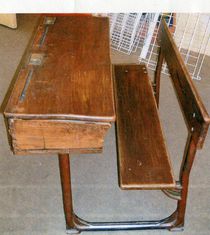
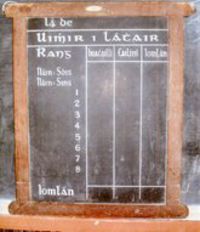
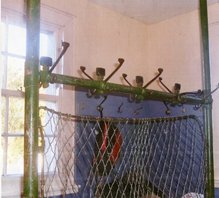
By 1977 the numbers in the school had grown and a fifth teacher was appointed. As there were only four classrooms in the school some classes moved to the village hall. This was third and fourth class (which Mrs Sullivan) .She taught children in the hall for five years until a new extension was opened in 1982. This extension was built by a local builder, Bernard or Mahony, and was officially opened by the Bishop of Cork and Ross, Dr Michael Lucey.
The school population continued to grow and prefabs became the norm until a further extension was built in 1999. The work was carried out by another local builder Fachtna Crowley.This extension was officially opened by the then Minister for Education, Mr Micheál Martin.
